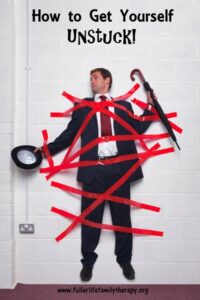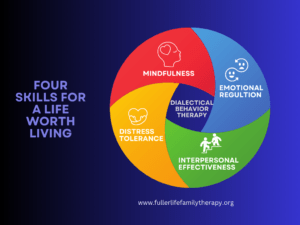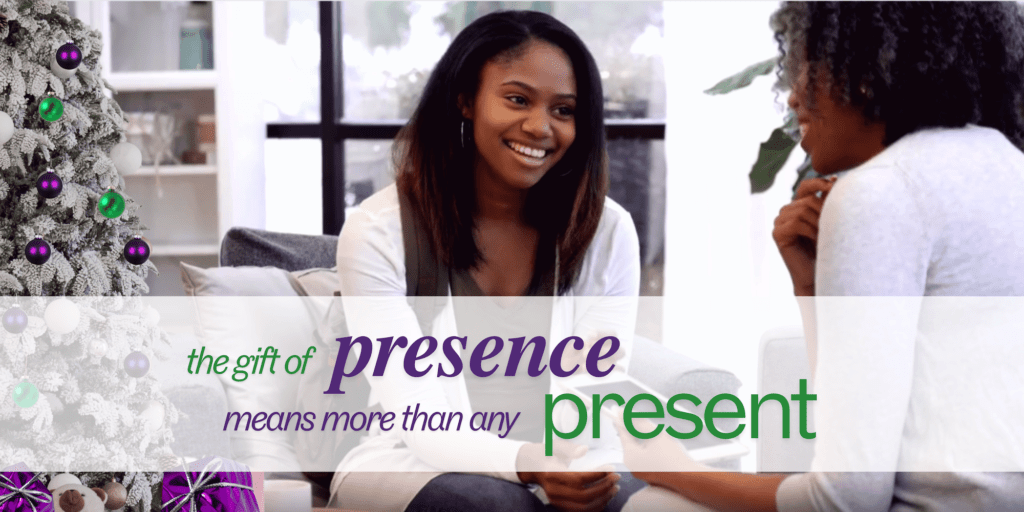Inner Conflict: The Refining Fire
Heartburn?
People tend to think of internal conflict as torturous personal turmoil. A big decision must be made, or a circumstance must be handled. You wrestle with yourself in the middle of the night and feverishly try pushing uncomfortable thoughts out of your mind all day. You view the internal conflict, itself, as the problem and you struggle against it or try to ignore it. But imagine how your experience might be different if you consciously and compassionately acknowledged the presence of differing opinions within yourself?
The healthiest way to respond to nagging discomfort of inner conflict is to face it. By facing inner conflict, you have the opportunity to gain a strengthened sense of self, better problem-solving skills, increased authenticity, more self-compassion and increased integrity. But there’s no need to gather weapons and scream your battle cry. The conflict is not the enemy. Think of it like a puzzle that requires mindful and nonjudgmental investigation.
Or Friendly Fire…
Linda Adams, President of Gordon Training International, says that when we truly look at our inner conflict, without judgment, and commit to healthy resolution, we become more of our authentic selves and more aware of our needs.
One way to approach inner conflict is to:
- Make a list or chart of the varying options with which you are struggling.
- Beside each, list the reasons why you would find this option valuable
- Then list the perceived consequences or opportunity costs for each option
Now you have externalized your inner conflict so that you can take a more objective view. As you investigate, you might notice that you are considering certain options because they are what you “should” do. From Dr. Miki Kashtan’s perspective, this implies the presence of an externally imposed value from sources like your community, friends or family. You might notice that these do not exactly mesh with values that are authentic to you. The result is the discomfort of conflict. As you mindfully consider your inner conflict, you might find other sources of discomfort such as fear, unmet needs or perceived personal limitations. Whatever needs, values and insights are discovered, allow yourself the space and compassion to honestly acknowledge them.
When you become more aware of the sources of your conflict, you gain clarity about what is important to you. Only then can you make choices from a position of self-awareness. Many times, the push and pull of personal decision making comes from our view that for any one problem, there are two possible, and polar opposite choices. “I will go to work, or I will call in sick and go to the game” for example. It becomes an either/or dilemma. Dr. Kashtan highlights the limitations of either/or thinking, which gives the impression that sacrifice of one need, or another is always necessary to resolve inner conflict. She instead proposes devising a strategy that allows you to attend to as many needs and values as possible. By investigating your desire to go to the game, you uncover a need to fully experience and enjoy life. You also value integrity which leads to uneasiness about lying to your boss. Knowing this, is it possible to find an event that allows you to enjoy life while maintaining your integrity and going to work?
Addressing internal conflict while making life decisions can become a complex adventure. If you need help finding your way, consider contacting a mental health professional in your area.
If you need help with conflict resolution (either internal or external), contact Fuller Life Family Therapy Institute.
![]()
 Contributed by
Contributed by










